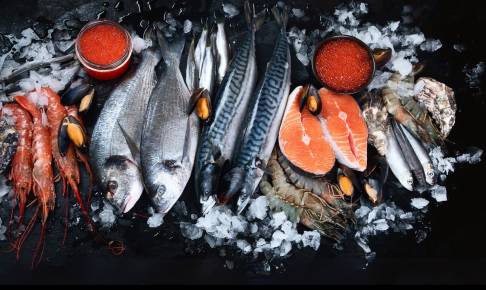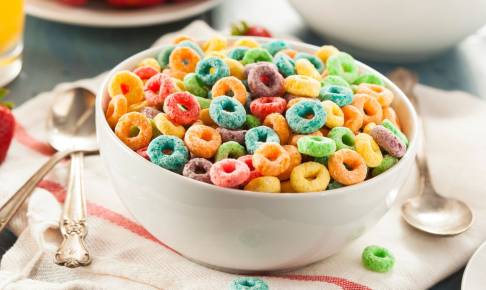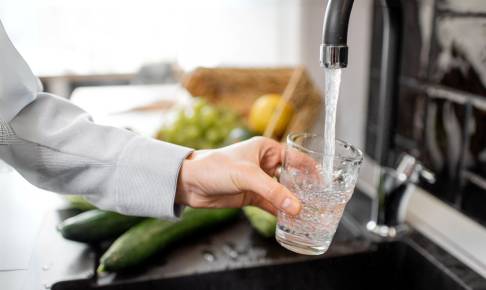Acrylamide mitigation methods at the factory level
Cooking is an ancient practice that improves organoleptic properties of foods, nutrient bioavailability, and microbiological safety. Nowadays cooking practices like baking, frying, and roasting are indispensable tools in our daily life. A plethora of new molecules are generated in foods because of chemical reactions induced by heat applied during cooking, some of which have been claimed to impart positive health effects. On the other hand, certain undesired compounds like acrylamide may be also formed that exhibit carcinogenic and, in some cases, mutagenic properties. Precursors such as amino acids, sugars, vitamins, fatty acids naturally occurring in foods involve in these chemical reactions leading to process contaminants.
The discovery of acrylamide in carbohydrate rich cooked foods by the Swedish researchers raised worldwide concern among consumers and initiated intense scientific research into possible measures to control the formation of this compound in thermally processed foods. As a probable human carcinogen, acrylamide is formed when food is heated to high temperatures exceeding 100°C and is thus considered a naturally occurring compound. Just after its discovery, acrylamide has been one of the hottest topics of food science. The research on this topic is still rising after 20 years.
The early studies indicated that the Maillard reaction that takes place between amino acids and reducing sugars when foods are heated, is responsible for acrylamide formation. Basically, acrylamide is formed from free asparagine in the presence of carbonyl compounds such as reducing sugars and their degradation products, during heating foods. Some critical intermediates, like Schiff base and 3-aminopropionamide that may lead to acrylamide under certain conditions also accumulated in heated foods. Asparagine is considered as the major precursor of acrylamide formation because it gives backbone of acrylamide (Mottram et al. 2002; Stadler et al. 2002; Yaylayan et al. 2003). Asparagine naturally occurs in plant materials including cereal grains, potatoes, cocoa, and coffee. Therefore, the foods rich in free asparagine and reducing sugars have the highest potential to form acrylamide during thermal processing.
Asparagine is considered as the major precursor of acrylamide formation...Main dietary sources of exposure to acrylamide are fried potato products, bakery foods and coffee. As exemplified from the EFSA's acrylamide database, acrylamide occurrence levels in different food categories may range between few ppb levels to few ppm levels depending on food composition and processing conditions. Considering dietary acrylamide exposure, main contributors may vary by consumers' age; for instance, fried potato products contribute an acrylamide exposure up to a ratio of 49% and 51% in adults and children, respectively.
The latest legislation dated back 21 November 2017 on acrylamide set out benchmark levels which refers to generic performance indicators. According to this legislation, there is no maximum limit set, but the food business operators should at least be able to demonstrate that they follow good manufacturing practices to keep acrylamide lower. This necessitates to take mitigation actions verified through proper sampling and analysis
Download content now





















